
Photographer Loses $40K Worth of Gear After it was Blown Up by SpaceX Rocket
A photographer who set up nine cameras to capture the SpaceX Starship launch had six of them destroyed by chunks of concrete thrown from the launch pad.

A photographer who set up nine cameras to capture the SpaceX Starship launch had six of them destroyed by chunks of concrete thrown from the launch pad.
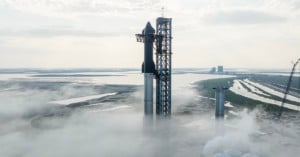
SpaceX has released staggering photos of its super heavy-lift rocket Starship standing fully stacked on its launch pad.
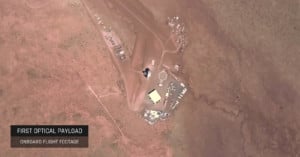
It's called SpinLaunch, and it's a novel approach to launching small payloads into orbit. The idea of a kinetic launch system translates to spinning a payload in a centrifuge to over 1,000 miles an hour and then releasing it for its journey to the stars.
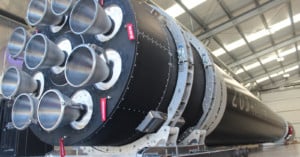
This past weekend, Canon was planning to launch its 5D Mark III-based CE-SAT 1B satellite camera into orbit, but it was not meant to be. The satellite was supposed to go as part of Rocket Lab's aptly named mission "Pics or It Didn’t Happen," but the Electron vehicle experienced "an anomaly" and all 7 micro-satellites onboard—including Canon's—were destroyed.
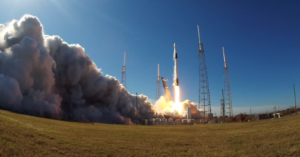
Respected spaceflight photographer John Kraus was on hand yesterday to watch and capture the latest SpaceX Falcon 9 launch in Florida. But he didn't just capture one view, he captured three.

They said it couldn’t be done, that I was wasting my time, that it was impossible to take a time exposure photo of a daytime missile launch... in color... directly into a Florida sunrise... from ten miles away.
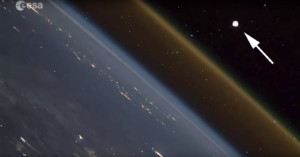
When the Russian Progress MS-10 cargo spacecraft launched on a Soyuz rocket on November 16th, 2018, ESA astronaut Alexander Gerst was ready to capture it... from the International Space Station. This timelapse he made shows what a rocket launch looks like from around 250 miles away from Earth in orbit.

“Oakland Center are you talking to that traffic at our 9 o’clock position? We got a yellow light out there and it’s coming up pretty fast.” This unusual radio transmission to Air Traffic Control from a Southwest Airlines jet caught our attention on an otherwise routine flight between New Orleans and San Francisco.
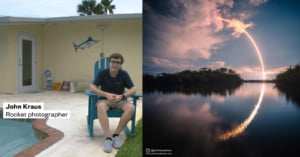
John Kraus is an 18-year-old photographer living on Florida's Space Coast who has captured dazzling photos of major rocket launches over the past few years. VICE News followed Kraus to a recently SpaceX Falcon 9 launch and aired this short segment showing how the photographer works (it starts at 22m01s).
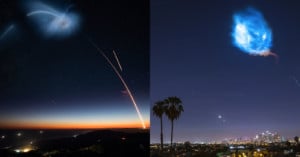
A bright a dazzling light show appeared in the Southern California sky last night, and social media was flooded with snapshots by people who wondered if they were seeing an alien invasion. It was actually a SpaceX rocket -- the first time billionaire Elon Musk's company has landed the Falcon 9 rocket's reusable first stage on the West Coast.
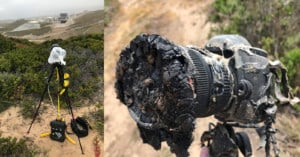
One of the viral stories on the Web last week was how NASA photographer Bill Ingalls had his remote Canon DSLR melted while shooting a SpaceX rocket launch. NASA has since revealed more details regarding exactly what happened.
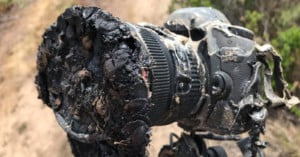
Renowned NASA photographer Bill Ingalls set up a remote DSLR camera pointed at the launch pad yesterday during the SpaceX Falcon 9 rocket launch. When he went back to retrieve the camera afterward, this is what he found.
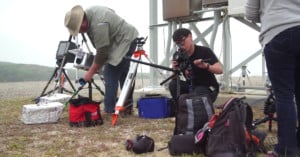
When NASA launched its Insight rocket in the pre-dawn hours of May 5th, 2018, photographer Norman Chan of Tested was on hand with a remote camera setup to shoot his first launch. The 15-minute video above is his record of everything that goes into capturing a NASA rocket launch.
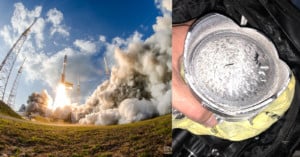
My name is John Kraus, and I work as a photojournalist at Cape Canaveral, covering rocket launches with up-close cameras at the various launchpads here. For yesterday’s Atlas V rocket launch, I had two cameras at Space Launch Complex 41. These cameras were sound-activated; the sound alone would kill anyone standing at the launchpad during liftoff.

As a photographer that isn't associated with any news media, it can sometimes be difficult to get access to certain opportunities. With space, this is especially true, since access normally means the ability to place a camera near a launchpad in areas that are heavily restricted. This is a story of how it can never hurt to ask for permission.
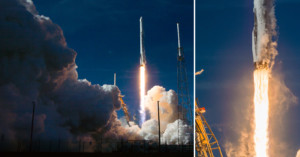
On December 15th, SpaceX launched their 13th commercial resupply mission to the International Space Station for NASA. This launch was special for many reasons. First, I was the first time NASA has been willing to use a SpaceX flight proven booster.
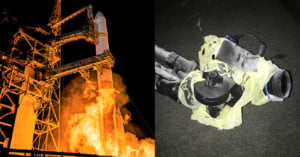
Photographer John Kraus has brought rocket launch photography back into the mainstream. His photos regularly go viral online, and we've shared several of them here on PetaPixel as well. But these incredible shots come at a price, as he showed us yesterday.
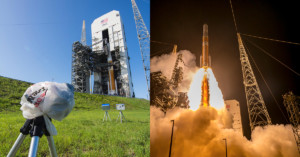
John Kraus is quickly making a name for himself with his top notch rocket launch photos. We've shared his work before, but his latest photo of a Delta IV launch warrants a double helping.
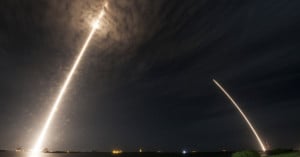
One of the unintended consequence of blazing new trails is, often, capturing incredible photographs. That's how we ended up with this gorgeous shot that shows SpaceX's Falcon 9 rocket both taking off and landing... in a single long exposure.

On June 7th, 2007, a Delta II rocket blasted off from Vandenberg Air Force Base in Lompoc, California, carrying with it the Italian Thales Alenia-Space COSMO-SkyMed Satellite. And while the rocket was careening towards space, Staff Sgt. Eric Thompson (who was moving in the decidedly opposite direction) managed to snap this amazing photo.

Earlier today, we shared the news that NASA has officially joined Instagram, and just in time to share some photos of the Lunar Atmosphere and Dust Environment Explorer (or LADEE) launch on Friday. Well, NASA weren't the only ones taking pictures that day, and one of the cooler pictures that came out of the launch is the pic you see above by former NASA photographer Ben Cooper.